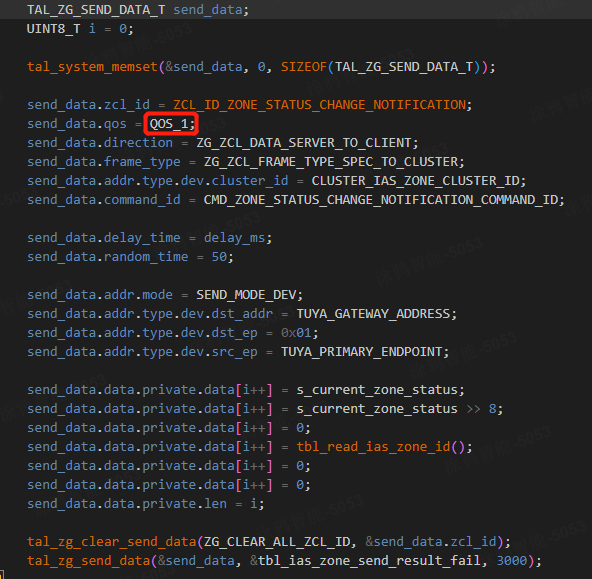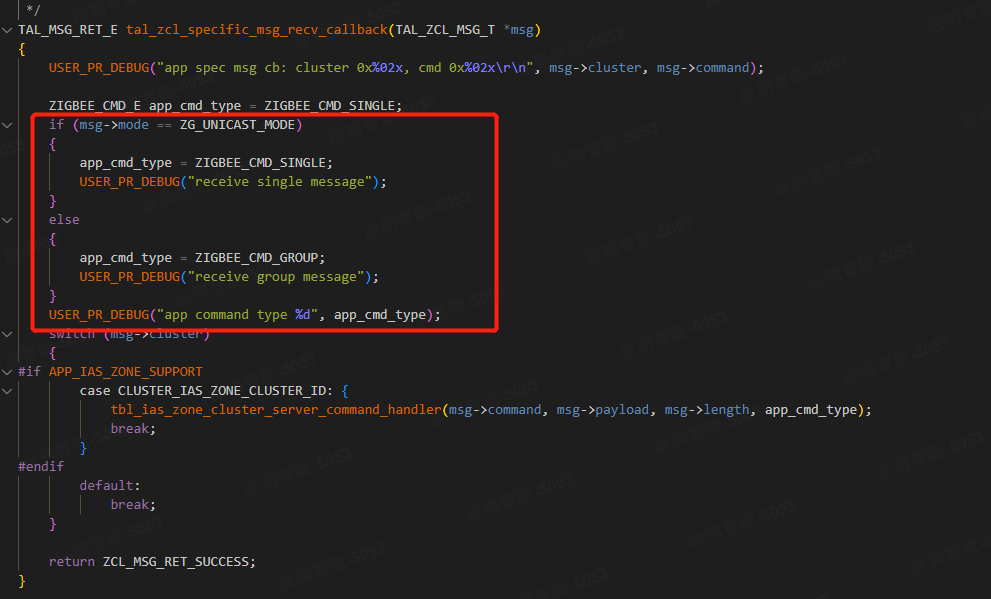Precautions for the active reporting of data by sub-devices
Last Updated on:2024-05-20 08:43:02
In the Tuya ecosystem, when a sub-device is powered on or its status changes, it needs to actively report its status to notify the gateway. In cases where there are many devices, unnecessary data packet reporting can cause network congestion. Developers can choose the following methods to reduce message interaction based on product business needs:
1. When the device is powered on or joins the network, it should actively report the DP and can randomly delay the reporting time to avoid a large number of wireless message conflicts during concentrated time periods;
2. When receiving a remote unicast control command for the device, the device should report the status using the QOS_0 message level;
- QOS_0: Sending data does not have a retransmission mechanism, and the gateway does not need to reply with a Default response
- QOS_1: Sending data has a retransmission mechanism, and the gateway needs to reply with a Default response
- QOS_VIP_0: Priority is given to sending this packet of data, which does not have a retransmission mechanism, and the gateway does not need to reply with a Default response
- QOS_VIP_1: Priority is given to sending this packet of data, which has a retransmission mechanism, and the gateway needs to reply with a Default response

3. When receiving a zigbee standard group control command for the device, the device may not report the status, as the Tuya gateway has a mechanism for actively reading the device status, to avoid a large number of wireless message conflicts during concentrated time periods;

4. When the Tuya gateway sends a zigbee standard scene control command to the device, the device may not report the status, as the Tuya gateway has a mechanism for actively reading the device status, to avoid a large number of wireless message conflicts during concentrated time periods;

Is this page helpful?
YesFeedbackRelated Topics
Click for services and help
Help Center
Consult
(001)844-672-5646
Submit Question





